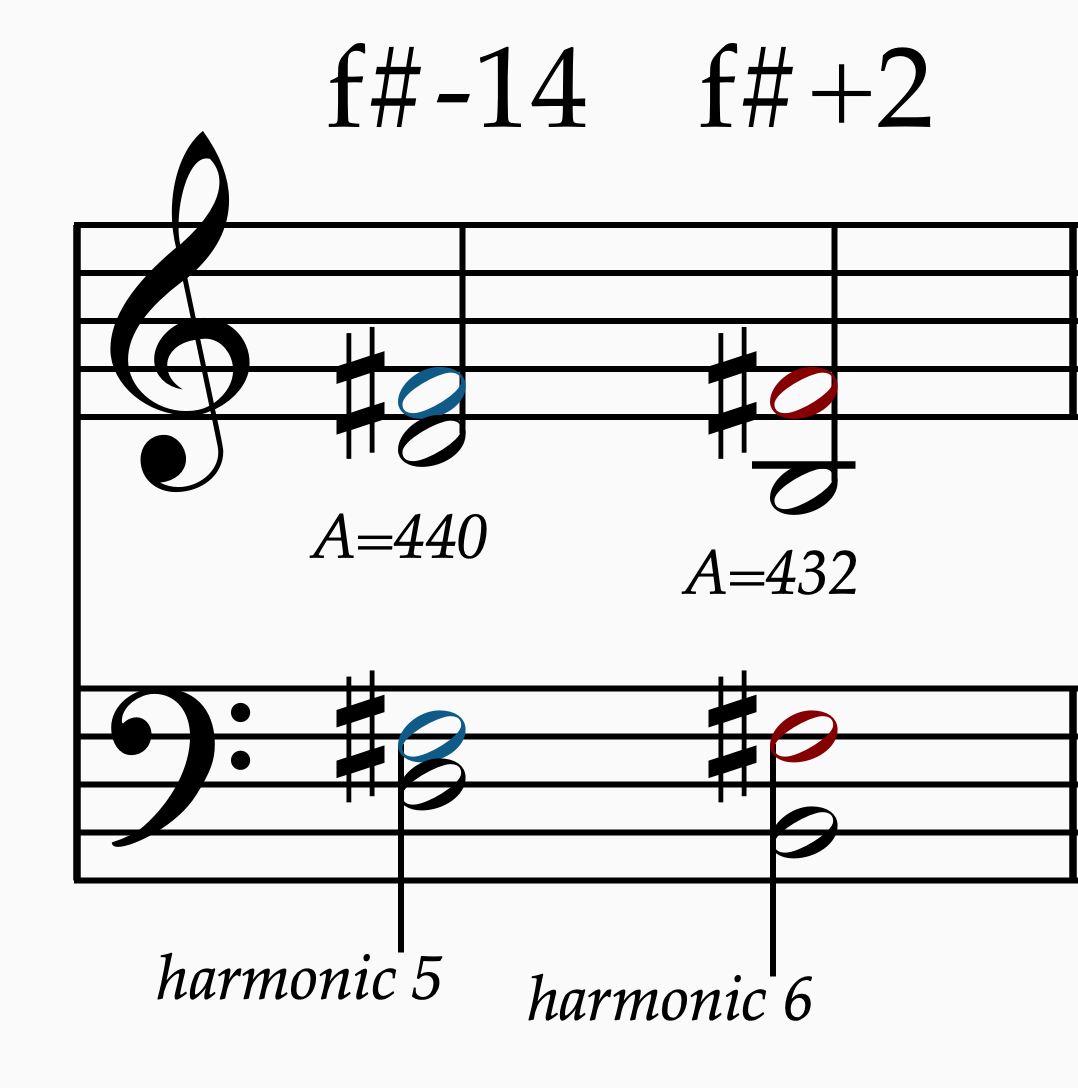Musical intervals are among the smallest structures of musical organization. Symphonies are made from it, melodies are built from it, all chords are constructed from it.
The problem with thinking about intervals as distances is that it implies measuring with a ruler. You might say that the chromatic scale is the musical ruler, and that a major third is ‘defined’ as an interval of 4 semitones, and that a perfect fifth is an interval of 7 semitones. Fundamentally, this removes you from the musical experience. Not to mention that it’s imprecise.
Intervals seem to be really flexible things that are precise and concrete relations at their core. Everyone who sings in choir and plays instrumental chamber music experiences this. They rely on their ear to achieve these specific resonances. The body doesn’t need to calculate to achieve this level of precision, it knows what resonates perfectly.
The useful idea is to think of intervals as resonances. Resonances come together to form the larger musi…
Keep reading with a 7-day free trial
Subscribe to Letters from a Composer to keep reading this post and get 7 days of free access to the full post archives.




